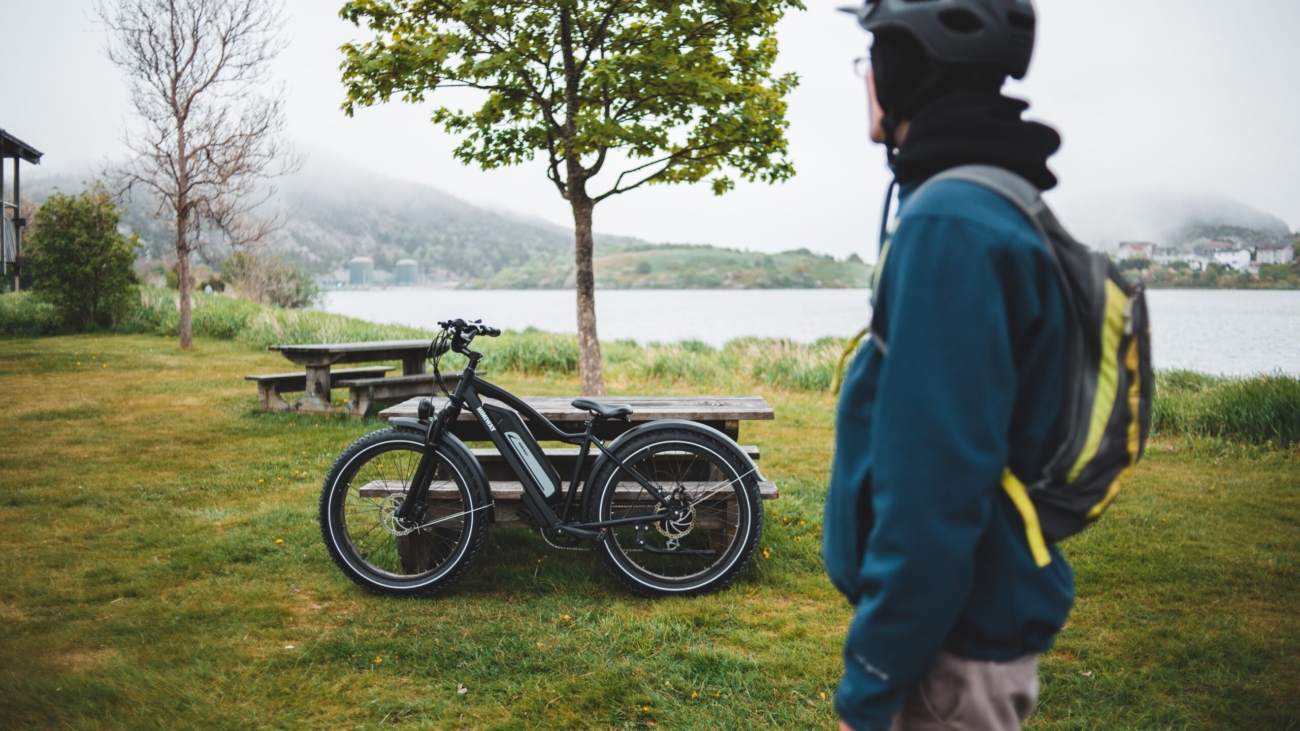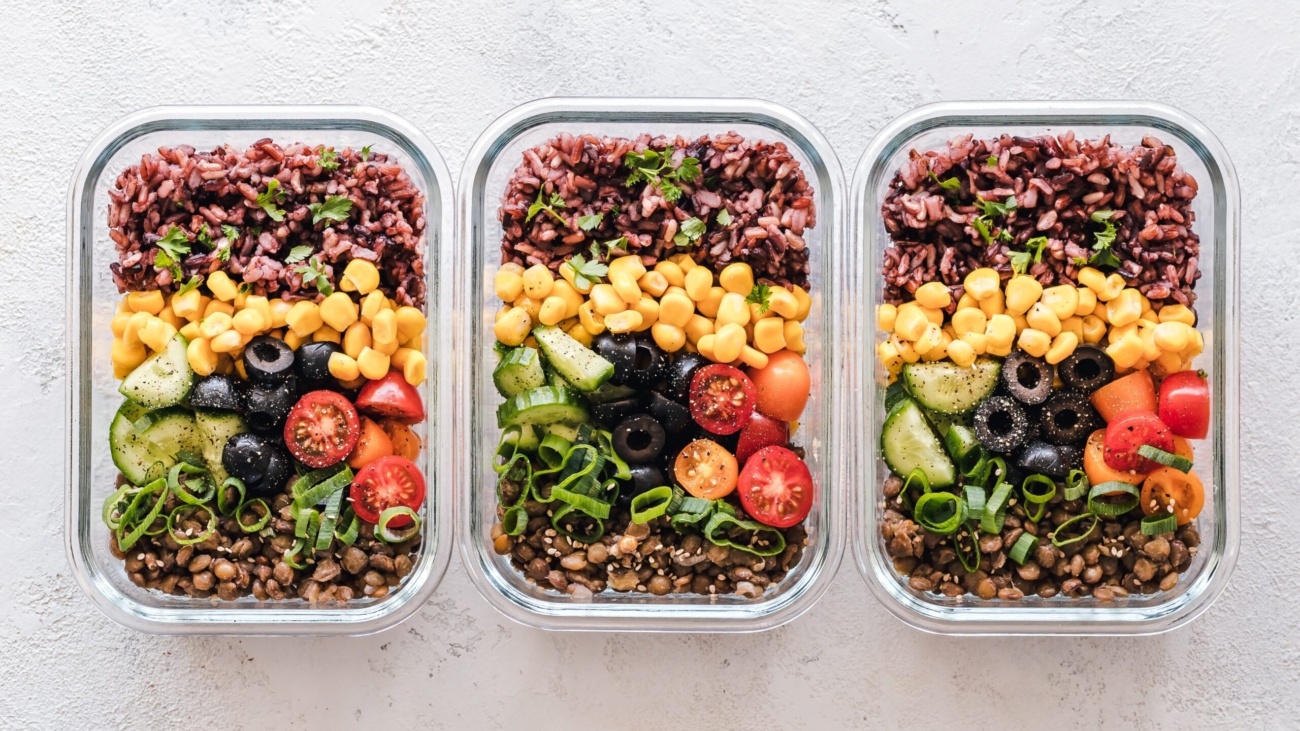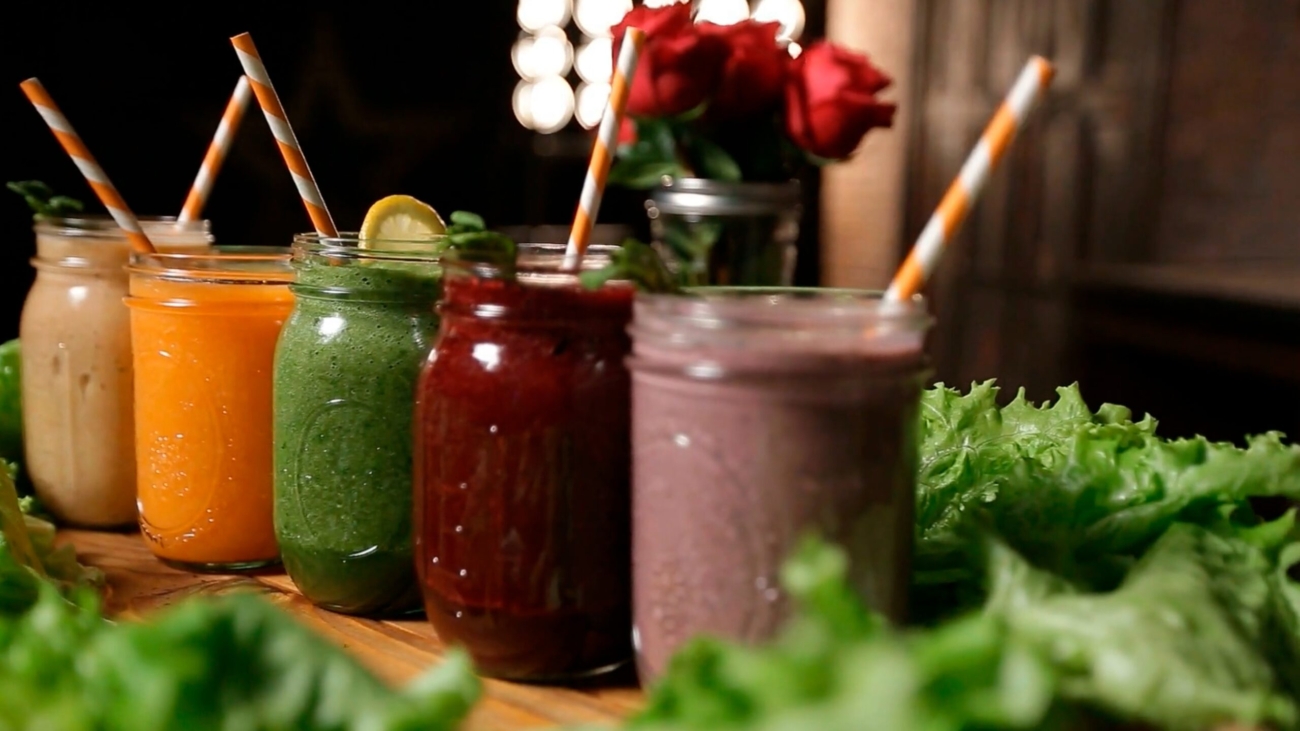Welcome to Ottawa, the charming capital city of Canada that is brimming with hidden gems waiting to be uncovered! If you’re planning a solo trip and wondering where to start your exploration, worry not because we’ve got you covered. From quaint little boutiques and trendy cafes to serene parks and vibrant nightlife spots, Ottawa has it all. Join us as we take you on a journey through some of the city’s best-kept secrets that will make your solo adventure unforgettable!
Introduction
If you’re planning a solo trip to Ottawa, you may be wondering what there is to do in the city. While Ottawa is known for its museums and historic sites, there are also plenty of hidden gems to discover. From charming cafés and cozy parks to quirky street art and unique shops, Ottawa is filled with unexpected gems that make for an unforgettable experience. Whether you’re looking for a peaceful place to relax or an off-the-beaten-path adventure, this guide will take you through the best hidden gems in Ottawa for your solo trip.
What to do in Ottawa on a Solo Trip?
A solo trip to Ottawa can be a great opportunity to explore the city’s hidden gems. Here are some ideas of what to do in Ottawa on a solo trip:
1) Take a walking tour of the Byward Market area. This historic market is full of interesting shops, cafes, and restaurants.
2) Visit the Parliament buildings. If you’re interested in politics or history, this is a must-see. Tours are available for free.
3)Explore the many museums and art galleries. Ottawa has a number of world-class museums, including the National Gallery of Canada. There’s also no shortage of art galleries to check out.
Where to eat in Ottawa?
If you’re looking for the best hidden gems to eat in Ottawa, look no further! Ottawa is home to a number of great restaurants that will tantalize your taste buds and leave you wanting more. Here are some of the best hidden gem restaurants in Ottawa:
1. allium – This restaurant is hidden away in an alley off of Elgin Street. It’s small and intimate, with a menu that changes daily. The chef uses fresh, local ingredients to create imaginative dishes that will delight your senses.
2. Zamboni’s Pizzeria – This unassuming pizzeria is located in an industrial area of town and doesn’t look like much from the outside. But don’t let that deter you! The pizza here is some of the best in town, with a thin crust and perfectly balanced toppings. The secret ingredient? Love.
3. The Green Door – This vegetarian restaurant is a hidden gem for sure! It’s tucked away in a basement on Bank Street and serves up delicious, healthy food at affordable prices. The atmosphere is cozy and welcoming, making it the perfect spot for a casual meal or date night.
Must See Sights for a Solo Traveller
When you’re planning a solo trip, it’s important to choose a destination that has plenty of activities and attractions to keep you entertained. Ottawa is the perfect place for a solo traveller, with its many hidden gems just waiting to be discovered. Here are some of the must-see sights in Ottawa for a solo traveller:
The Byward Market: This vibrant market is located in the heart of downtown Ottawa and offers a wide variety of stalls selling fresh produce, handcrafted goods, and delicious food. There’s always something going on at the Byward Market, making it the perfect place to explore on your own.
The Rideau Canal: A visit to Ottawa wouldn’t be complete without taking a stroll (or skate!) along the Rideau Canal. This scenic waterway winds its way through downtown Ottawa, past some of the city’s most popular attractions. It’s the perfect place to people watch or simply take in the views.
Parliament Hill: No matter what time of year you visit Ottawa, there’s always something going on at Parliament Hill. From free concerts and public tours to special events and ceremonies, there’s always something to see and do here. Make sure to check out the changing of the guard ceremony in summertime!
Shopping and Activities Around Ottawa
If you’re looking for some shopping and activities to do while in Ottawa, you’re in luck! There are plenty of hidden gems around the city that are perfect for a solo trip. Here are just a few of our favourites:
-The Byward Market is a great place to find unique shops and boutiques, as well as fresh produce and delicious food. It’s the perfect spot to wander around and explore on your own.
-If you’re a fan of museums, be sure to check out the National Gallery of Canada. It’s free to enter, and there’s always something new and interesting to see.
-If you’re looking for a fun activity to do outdoors, take a walk or bike ride along the Ottawa River Parkway. It’s a beautiful spot for an afternoon stroll or picnic.
Exploring Ottawa’s Unique Attractions
Ottawa is a beautiful city with plenty of historical landmarks and stunning architecture. However, it also has its fair share of hidden gems that are often overlooked by tourists. Here are some of the best hidden gems in Ottawa that are definitely worth checking out on your next trip!
The Byward Market is a great place to start your exploration of Ottawa. This vibrant market is located in the heart of the city and is full of fresh produce, unique shops, and delicious restaurants. Make sure to check out the Artisans Court which is full of local artists selling their wares.
Spend an afternoon wandering through the peaceful atmosphere of the Jacques Cartier Park. This park features lovely gardens, scenic walking trails, and a picturesque arboretum. In the winter, the park transforms into a winter wonderland complete with an outdoor skating rink and tobogganing hills.
Conclusion
Exploring Ottawa solo can be an incredibly rewarding experience. Whether you’re just visiting for the weekend or spending a couple weeks in the city, there are plenty of hidden gems to uncover—from local eateries and bars to unique landmarks and galleries that offer a great view into the city’s culture. As long as you plan well ahead of time, don’t forget your camera, and most importantly keep an open-mind about what awaits you out there, discovering all of these treasures is something you won’t soon forget!



















